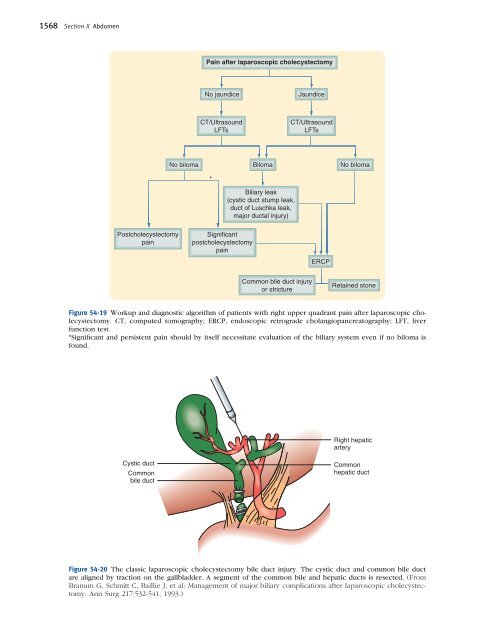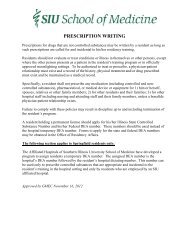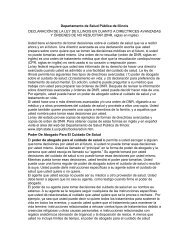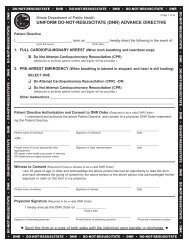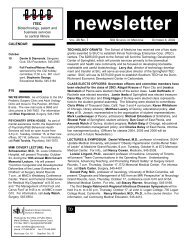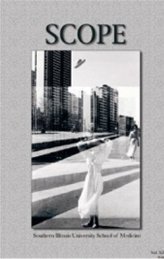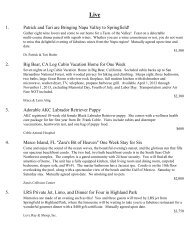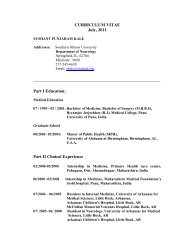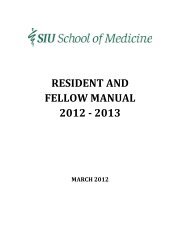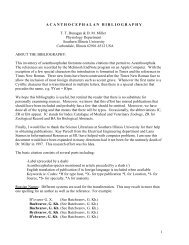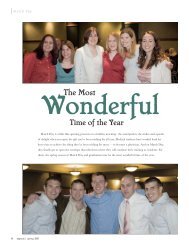Ch. 54 – Biliary System
Ch. 54 – Biliary System
Ch. 54 – Biliary System
You also want an ePaper? Increase the reach of your titles
YUMPU automatically turns print PDFs into web optimized ePapers that Google loves.
1568 Section X Abdomen<br />
Postcholecystectomy<br />
pain<br />
No biloma<br />
Pain after laparoscopic cholecystectomy<br />
No jaundice Jaundice<br />
CT/Ultrasound<br />
LFTs<br />
*<br />
Significant<br />
postcholecystectomy<br />
pain<br />
Biloma<br />
<strong>Biliary</strong> leak<br />
(cystic duct stump leak,<br />
duct of Luschka leak,<br />
major ductal injury)<br />
CT/Ultrasound<br />
LFTs<br />
Common bile duct injury<br />
or stricture<br />
ERCP<br />
No biloma<br />
Retained stone<br />
Figure <strong>54</strong>-19 Workup and diagnostic algorithm of patients with right upper quadrant pain after laparoscopic cholecystectomy.<br />
CT, computed tomography; ERCP, endoscopic retrograde cholangiopancreatography; LFT, liver<br />
function test.<br />
*Signifi cant and persistent pain should by itself necessitate evaluation of the biliary system even if no biloma is<br />
found.<br />
Cystic duct<br />
Common<br />
bile duct<br />
Right hepatic<br />
artery<br />
Common<br />
hepatic duct<br />
Figure <strong>54</strong>-20 The classic laparoscopic cholecystectomy bile duct injury. The cystic duct and common bile duct<br />
are aligned by traction on the gallbladder. A segment of the common bile and hepatic ducts is resected. (From<br />
Branum G, Schmitt C, Baillie J, et al: Management of major biliary complications after laparoscopic cholecystectomy.<br />
Ann Surg 217:532-<strong>54</strong>1, 1993.)


